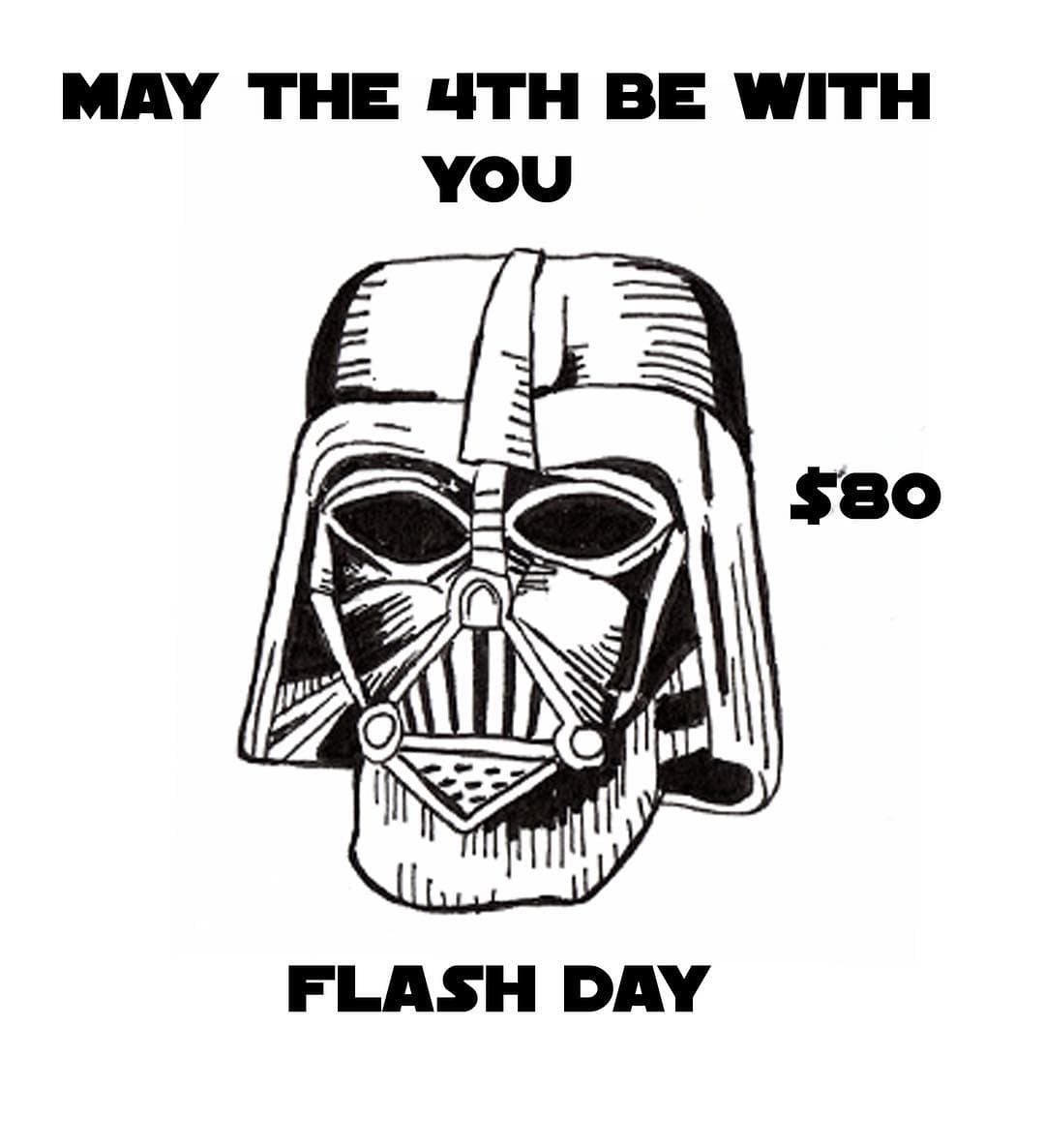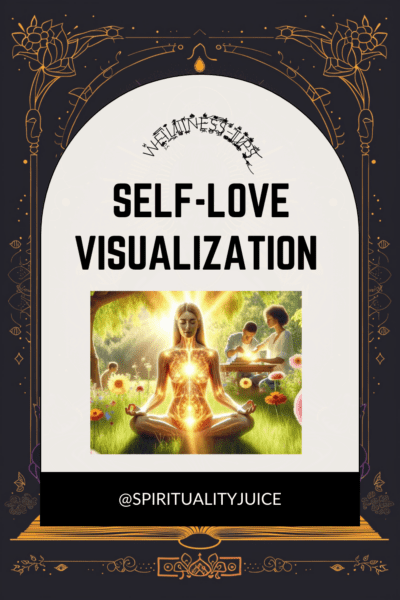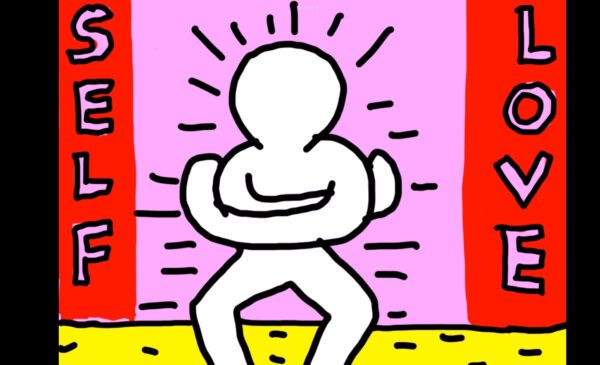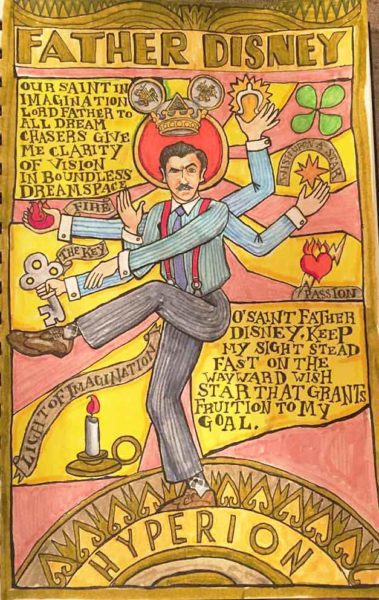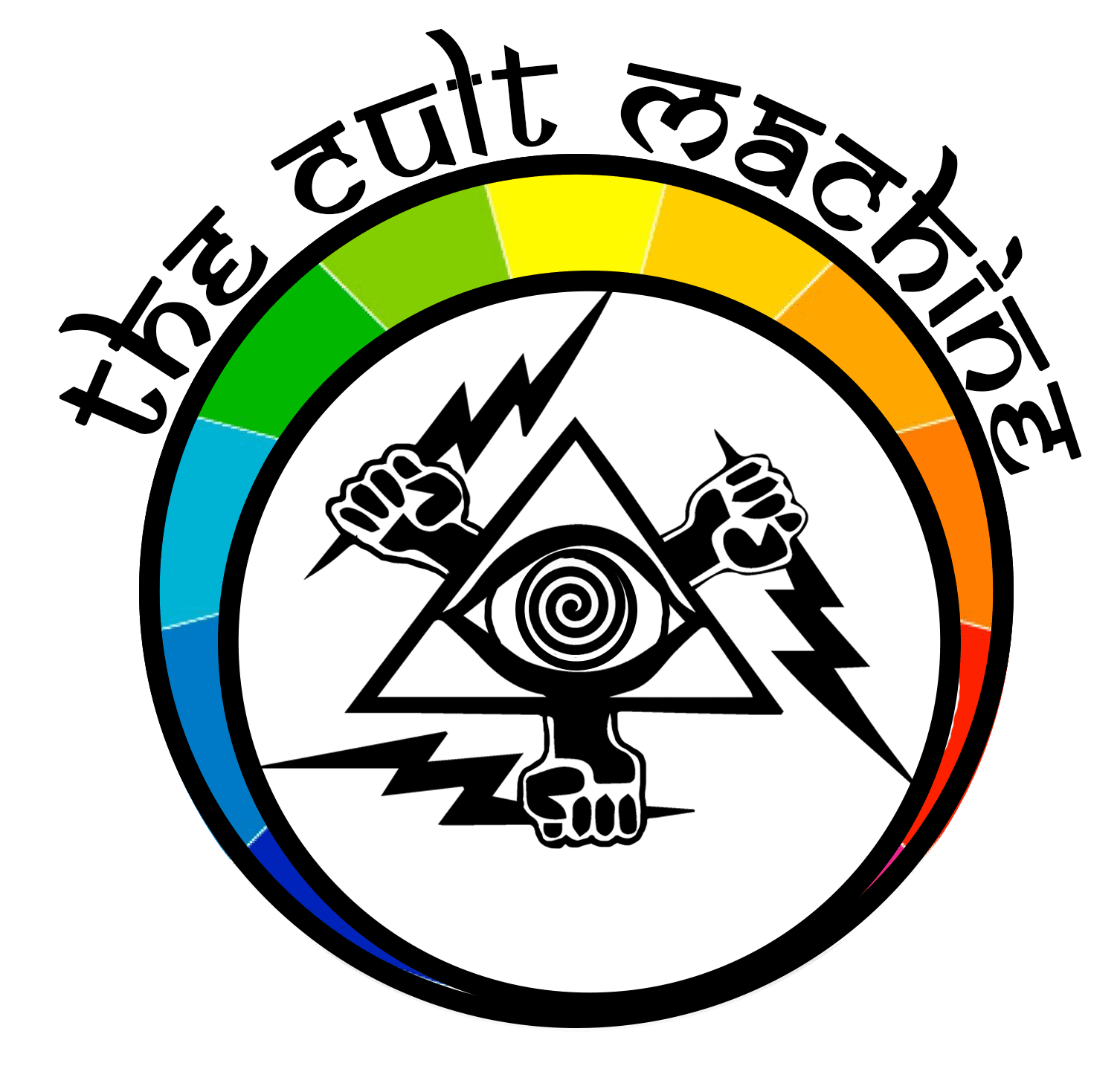“Archetypes are the formulated meanings of a primordial image by which are symbolically identified. It represents a permanent reality that makes a thing what it is, in contrast to the particulars that are finite and subject to change.”-Rolo
How did Archetypes get into Disney Movies in the First Place?

Core examples of archetypes in Disney movies
1. Figural Examples of Archetypes in Disney Movies:

Jester/Trickster
Laughter truly is the best medicine. Jesters brighten the mood. They are performers made to make lite of a heavy world. The jester lives to laugh, even at themselves. They ridicule and make fun of existence itself. For this reason, they tend to be profoundly dastardly.
Madame Mim is the ultimate Jester. Her magic powers are used purely for the Absurd. Even according to young Arthur, her powers appear to have “no use whatsoever.” She uses magic only to entertain herself. Her lewd and obnoxious behavior is the ultimate testament to her parody of the real world.

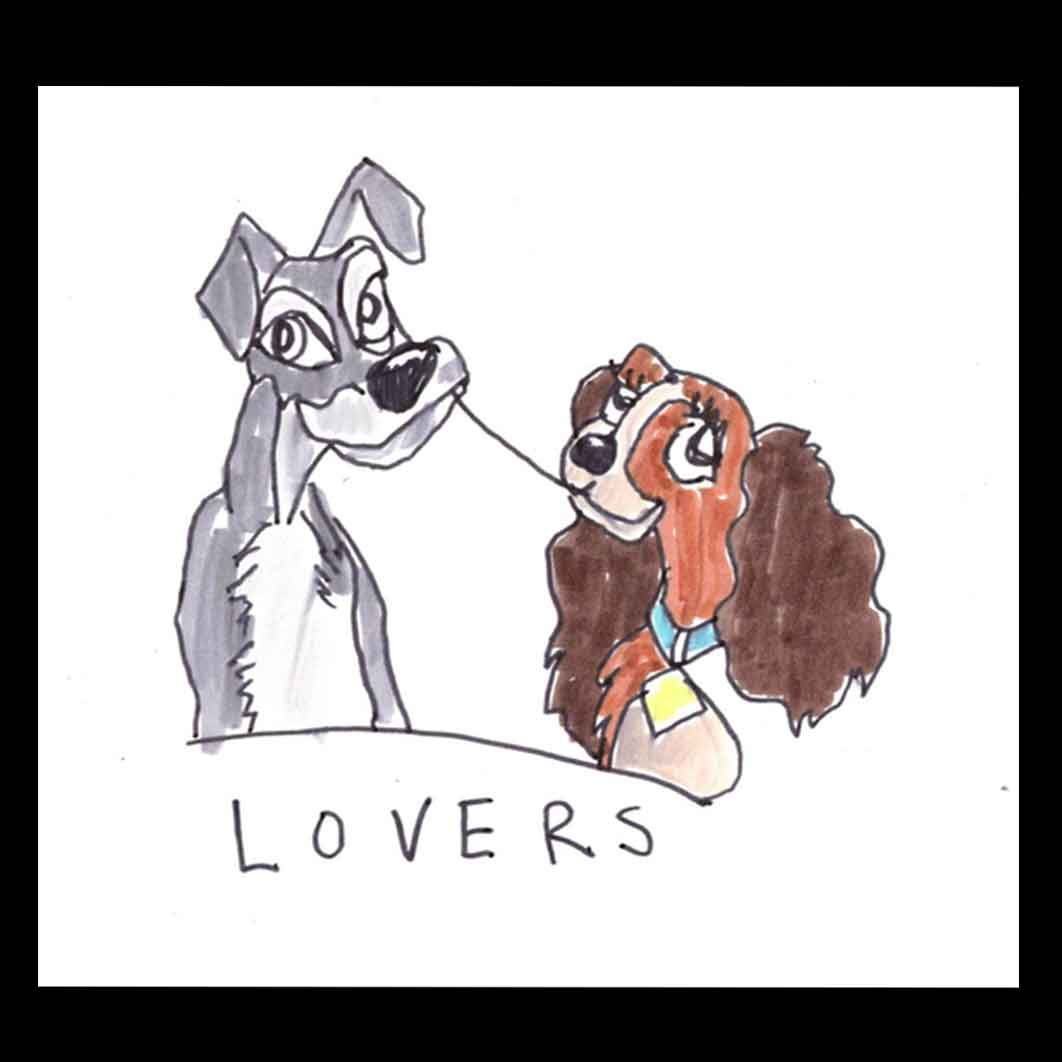
Magician
A Magician makes dreams into a reality. The purely imaginary soon is made real into the light of the world.
Merlin uses his magic to teach young Arthur. The Magician brings the power of transformation into the realm of the hero. It’s for this reason that Merlin was important for mentoring the young Arthur.

__________________________________________________
Hero
Everybody needs a savior. We sometimes find ourselves in deep situations that require a leg up. Here the Hero steps in. A hero is incredibly powerful. They are filled with inhuman vitality and the ability to fight. The Hero is incredibly competitive and they’ll do anything to achieve their goal.
Maui is one of the best Disney heroes. This is mainly due to the fact that he is one of the primary heroes in Polynesian Mythology. A hero saves people from disaster. There are many accounts of heroism in the story of Maui. For one we hear how he stole fire from the underworld to save people from cold nights. He also used his giant magic hook to expand the lands for people to live on.
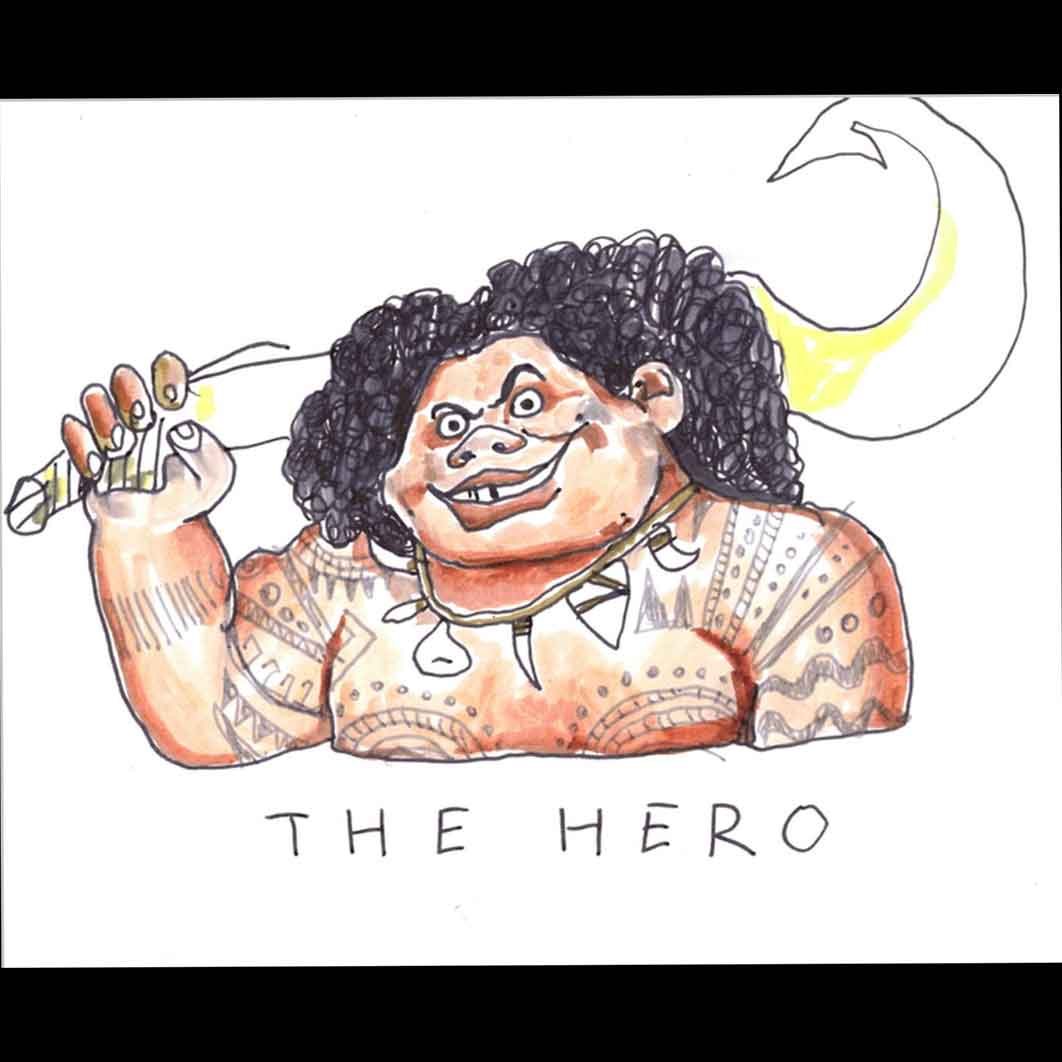
________________________________________
Outlaw
Often we are so ingrained in society that we never think to rebel. The Outlaw seeks to break free from these constraints. To be his/her own person. A rebel is provocative They go against the grain and are highly independent thinkers. One thing that they hate the most is being told what to do. However often this can lead to self-destructive behavior.
Snitch is the ultimate outlaw. Not only was he an escaped convict, but he was also a dangerous criminal. However, we identify with him because a part of us also wants to go against the grain. As a result, we grow with Snitch. His bad boy’s side is really a part of his overall charm.
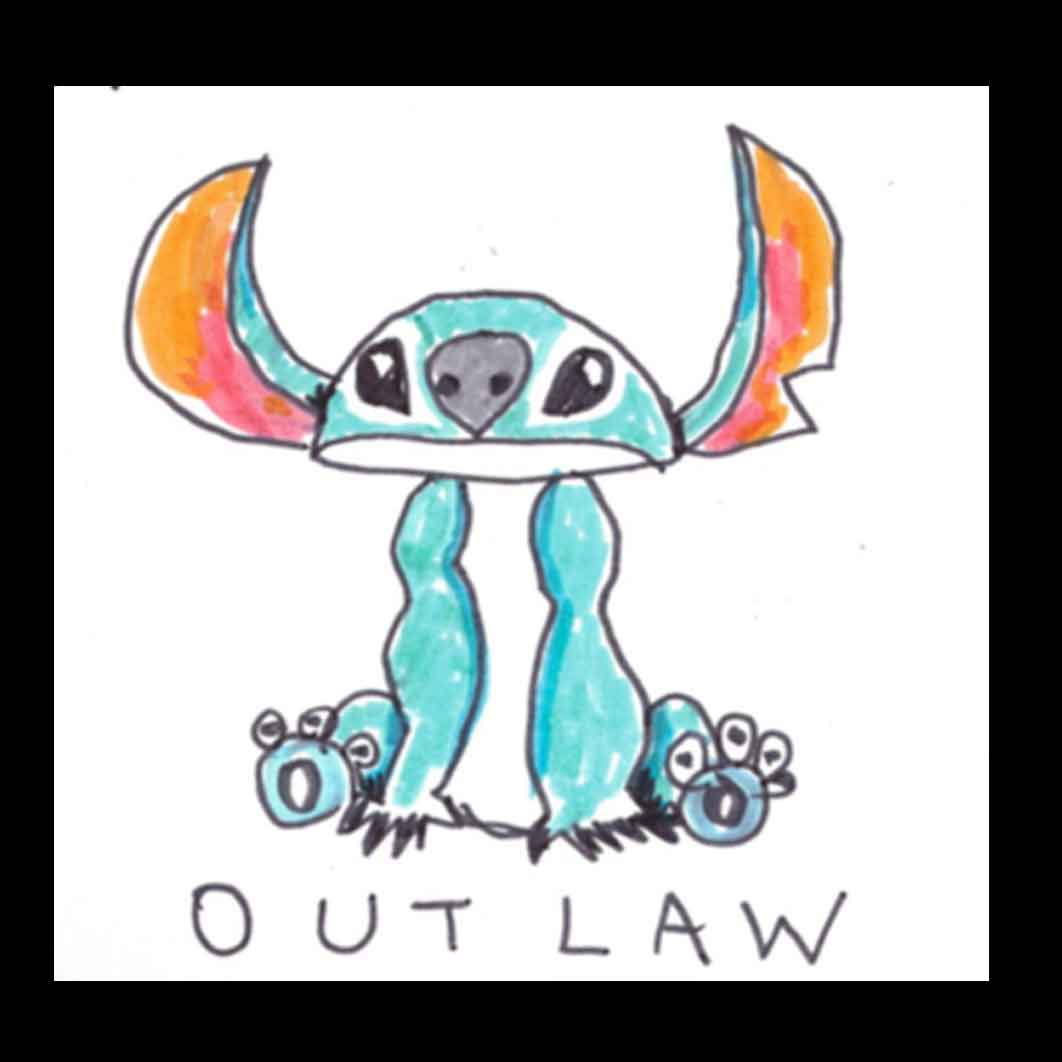
___________________________________________________
King/Ruler
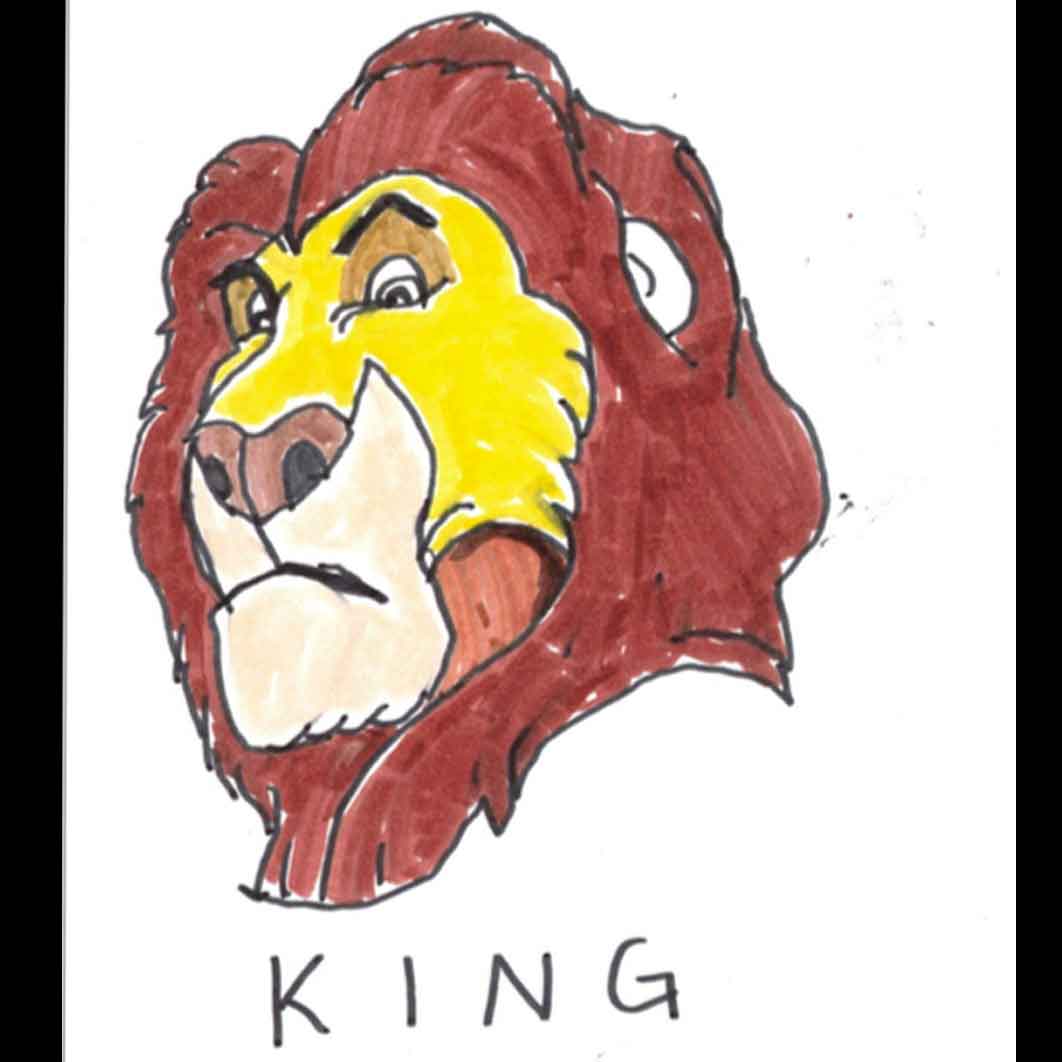
___________________________________________________
Sage
A practitioner of the Spirit. The sage is associated with helping the world to gain deeper wisdom. A sage is a teacher.
Rafiki taps into two dimensions. One is the space of the spirit. The other is that of the teacher. Through his transcendental abilities he is able to transmit his great wisdom and act as a mentor and advisor to the King of the pride. Rafiki is wise and tranquil. As such the sage is equally at ease and enlightened.

___________________________________________________
Innocent
The innocent is the virgin. Innocence is unscathed or tarnished. It is the first preliminary stage before transcendence.
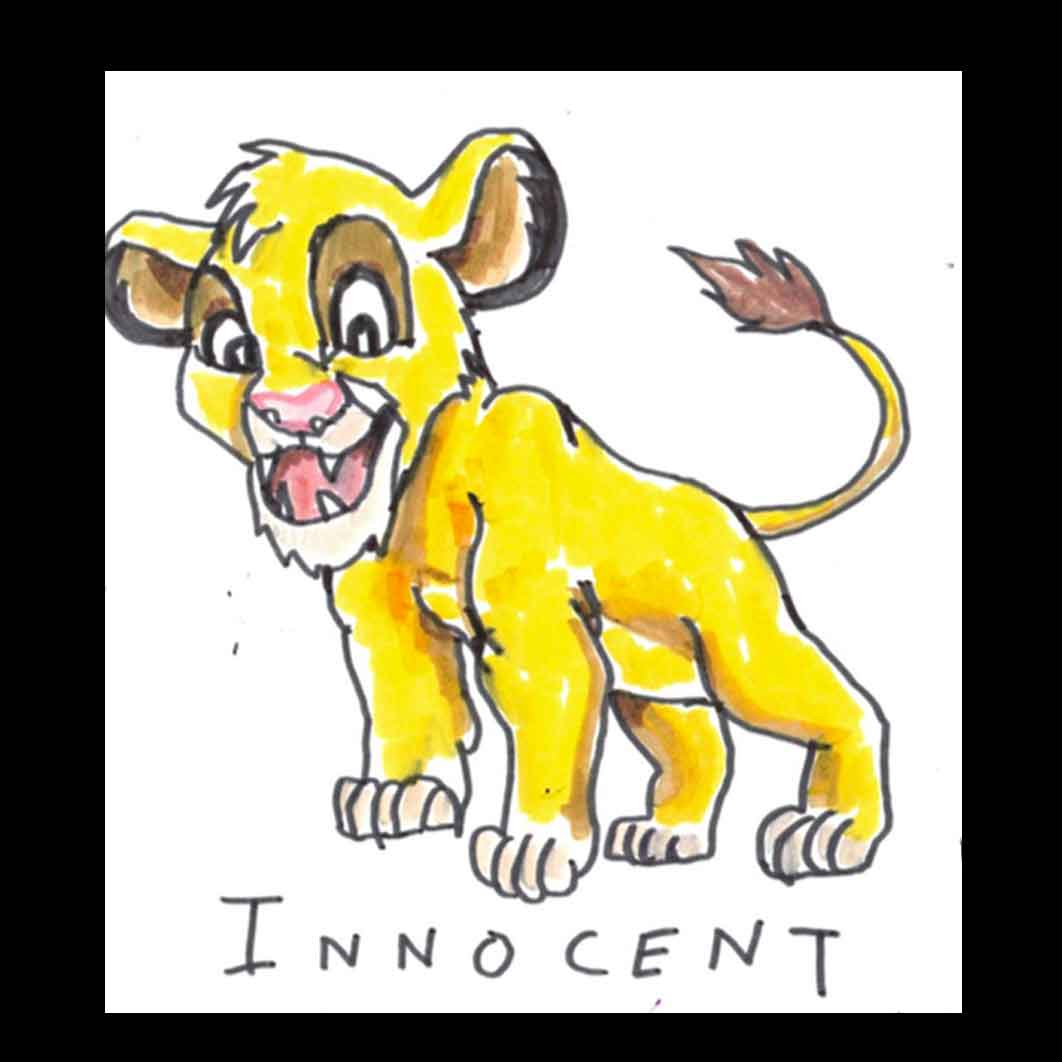
____________________________________________________
Adventurer

Everyman
Culture needs to maintain a sense of normalcy. The everyman is with the grain. He serves as a stabilizing force.

____________________________________________________
Custodian/Caregiver
We all need nurturing and protection. A custodian is a human shield against the harms of the world. He/she is very generous and giving.
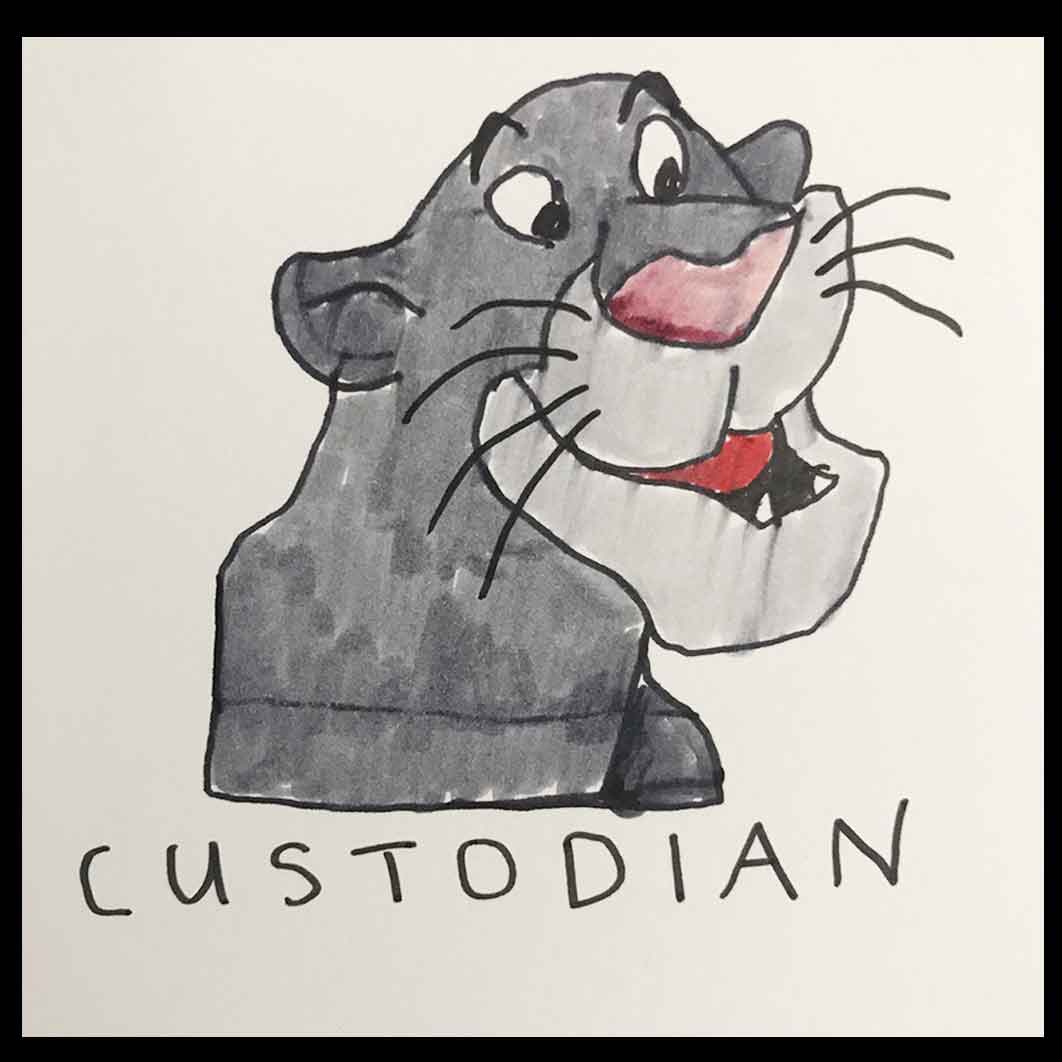
Remember that each of these characters portrays an archetype insofar as they take on the traits of that archetype.
Old myths, old gods, old heroes have never died. They are only sleeping at the bottom of our mind, waiting for our call. We have need for them. They represent the wisdom of our people.
—Stanley Kunitz, former U.S. Poet Laureate
2. Archetypal Event
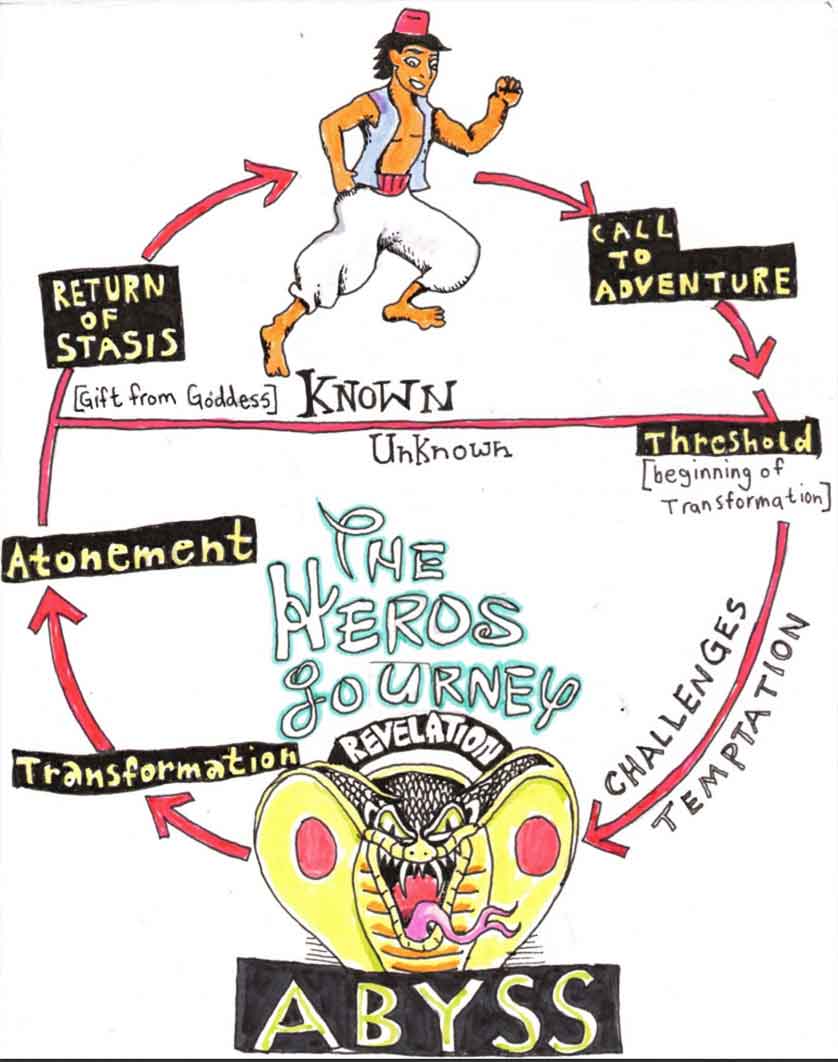
Let’s take a look at the hero’s journey as it pertains to the hit Disney film Aladdin. These events are the perfect examples of archetypes in Disney movies
Call to Adventure
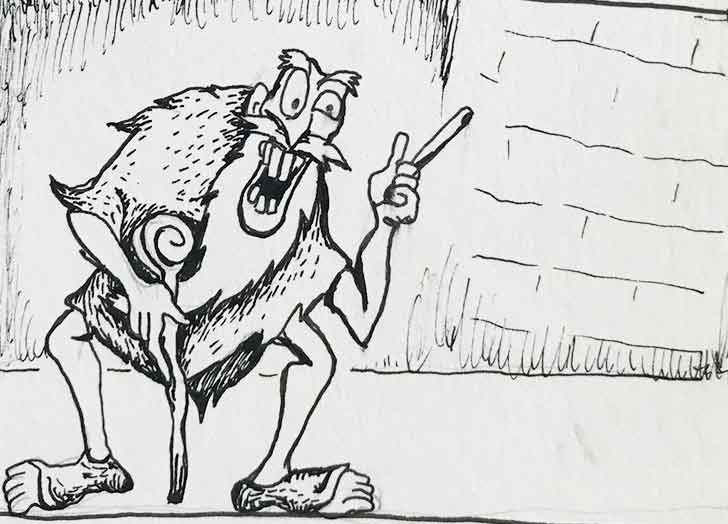
At the beginning of the story, we are introduced to the hero: Aladdin. We get to see his pedigree, understand a bit about his life. We come to find out he’s a pauper living off of stealing and plundering.
When he gets caught he’s taken into prison. There the villain Jafar meets him disguised as an old man. Jafar convinces Aladdin to seek out adventure with him. To go to the cave of wonders.
We come to find out Aladdin isn’t just any old “street rat.” Instead, he is a “diamond in the rough.” He has exceptional qualities and potentials. However, he seriously lacks refinement and polish. His imperfections are what is required to gain him access to the cave of wonders.
So roused on by this strange old man. Aladdin accepts the call to adventure and ventures to the cave of wonders.
Crossing the Threshold

The threshold is the beginning of the adventure. Here the hero must undergo an ordeal. This ordeal signals the passing from the everyday world into the world of adventure.
It is fitting for Aladdins threshold to be a cave. A cave is a perfect symbol to signal this passing from the world into the next. From the world the light of the “known” above down into the darkness of the unknown below.
Helpers/Amulet
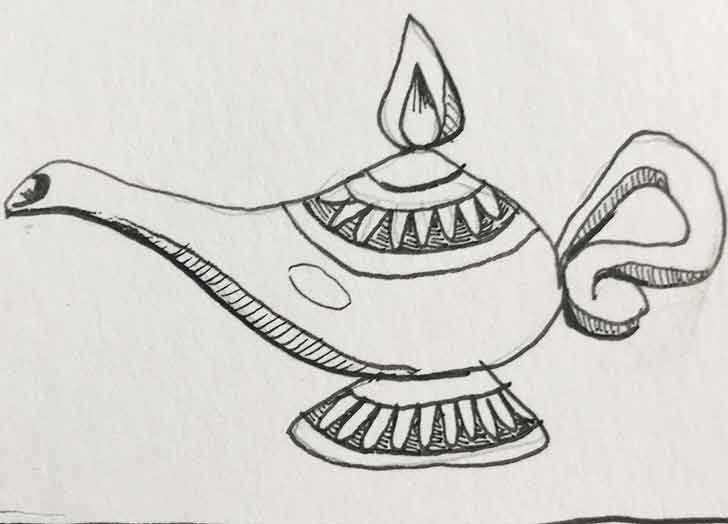
In the early stages of the adventure the hero often gets help from magical characters. Naturally, supernatural help can take many forms. In the case of Aladdin that supernatural being is a genie.
Tests
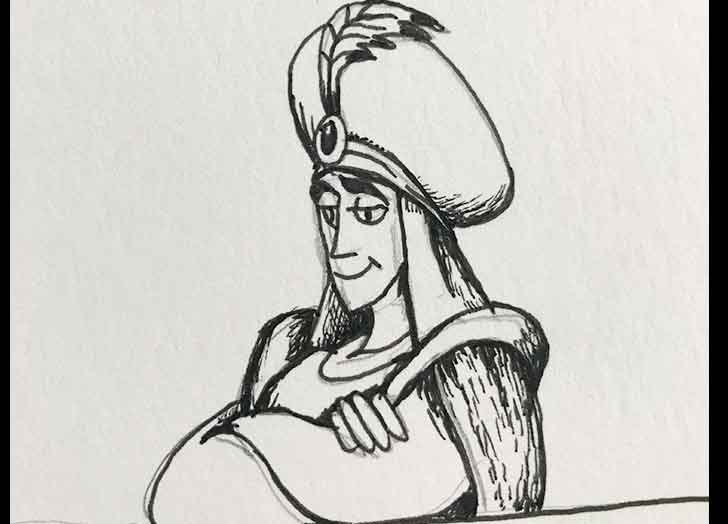
The hero undergoes many tests. There are many trials during the adventure. These trials don’t always need to be violent. In the case of Aladdin’s story many of his trials are interpersonal. He wants to win over the heart of the princess. In order to do this, he needs to craft a new persona. He uses the power of the genie to turn himself into a prince in order to get closer to the princess. However, as the story unfolds we begin to see the character of Aladdin unravel. His trials are against himself and him coming to grips with trying to accept himself for who he is.
Abyss
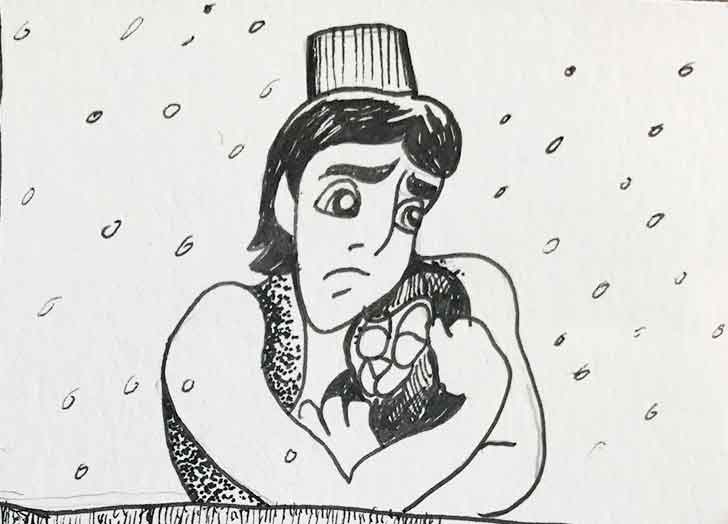
Finally, Aladdin’s true identity is exposed. At this point, he is cast out of the kingdom. Not only that. He also loses the genie and the entire kingdom is under his tyrannical rule. This is the abyss. The lowest point in the journey. Examples of archetypes in Disney movies also have low points. It’s ultimately what makes stories archetypal.
Climax/The Final Battle
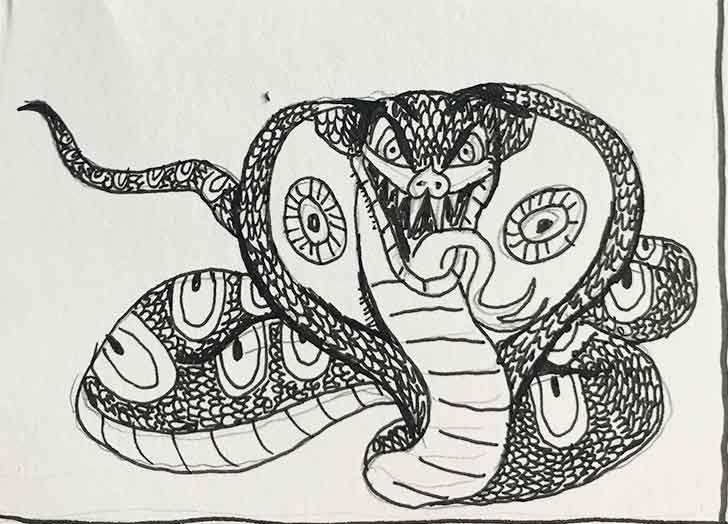
This is the transformational point in the hero’s journey. Here a hero must atone for his/her past behavior. Their ancient past often takes the form of a hideous monster that they have to fight. It is in this critical moment the hero can bring the story to a climax and resolution.
In the case of Aladdin, his demons actually took the form of a giant snake. Jafar transforms himself into the most hideous form possible. He then commences to terrorize Aladdin. However, at the last minute, Aladdin gains his strength and slays the snake (by outwitting him.)
Atonement and Return

Once the mission is complete the hero returns to the everyday world. At this point in archetypal stories, the hero receives an amulet from the Goddess. In the case of Aladdin, his lover Jasmine is the Goddess. In his final act of atonement, Aladdin uses his last wish to free the genie. As a result, the Sultan grants a new law. This new law allows the princess to marry whoever she wants. They both live happily ever after.
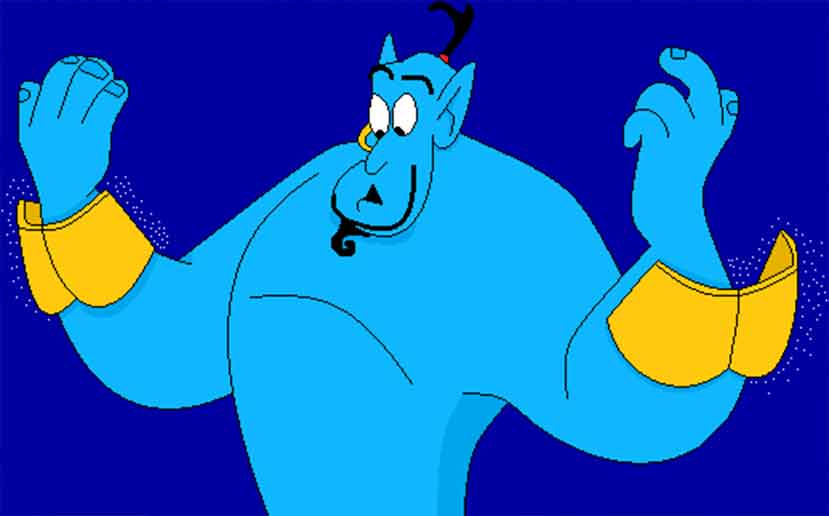
So Disney bought Star Wars. Technically its a part of the great Disney catalog.
Star Wars: A New Hope is a classic example of archetypes in Disney Movies. Luke Skywalker follows the typical hero’s Journey; like Aladdin. We find him on Tattooine yearning for adventure. Obi-Wan brings the droids and acts as a call to adventure. Luke refuses the call but then takes it up once he discovers his aunt and uncle have been killed. He joins Obi-Wan in an adventure to save Princess Lei and defeat the death star. He gets supernatural health from the force and forms a friendship with Han Solo and Chewie Chewbacca. Eventually, he destroys the Death Star and defeats Vader. Ultimately the rebels receive a decisive victory over the Empire and Luke is a hero.
3. Archetypal Motifs
Freud observed that elements in dreams occur which are not entirely individual. They seem ancient and out of place. He, therefore, called these mental forms are ‘archaic remnants.‘ They are primordial concepts that cannot be explained by anything in the individual’s direct life. Instead, they are aboriginal, innate, and inherited shapes of the human mind. The fact that they occur across culture leads us to believe that they are intrinsic to the human psyche itself.
The Heros Journey is just one such of these larger motifs. There includes an innumerable amount of archetypal motifs in the collective unconscious. These include motifs like Rags to riches, coming of age, marriage, birth, death etc.
